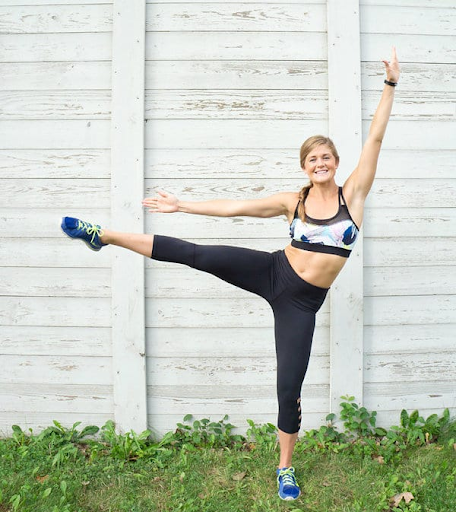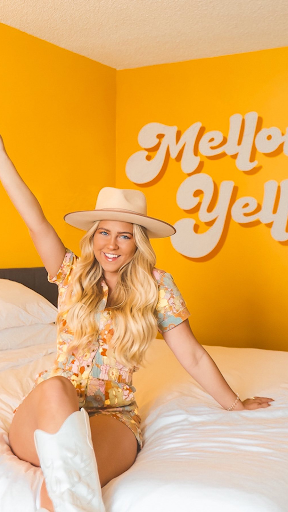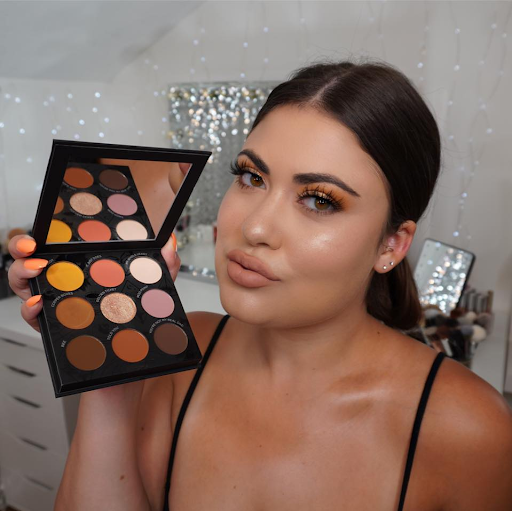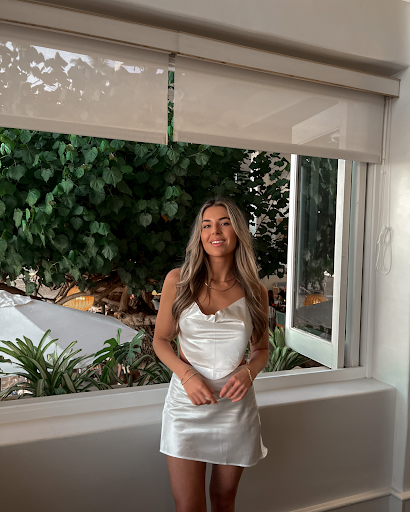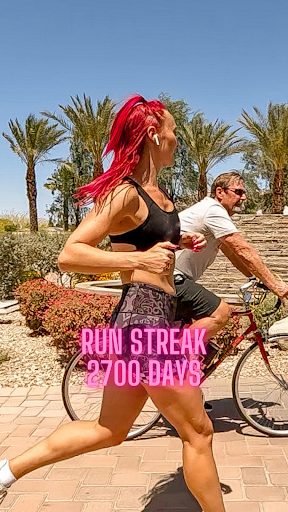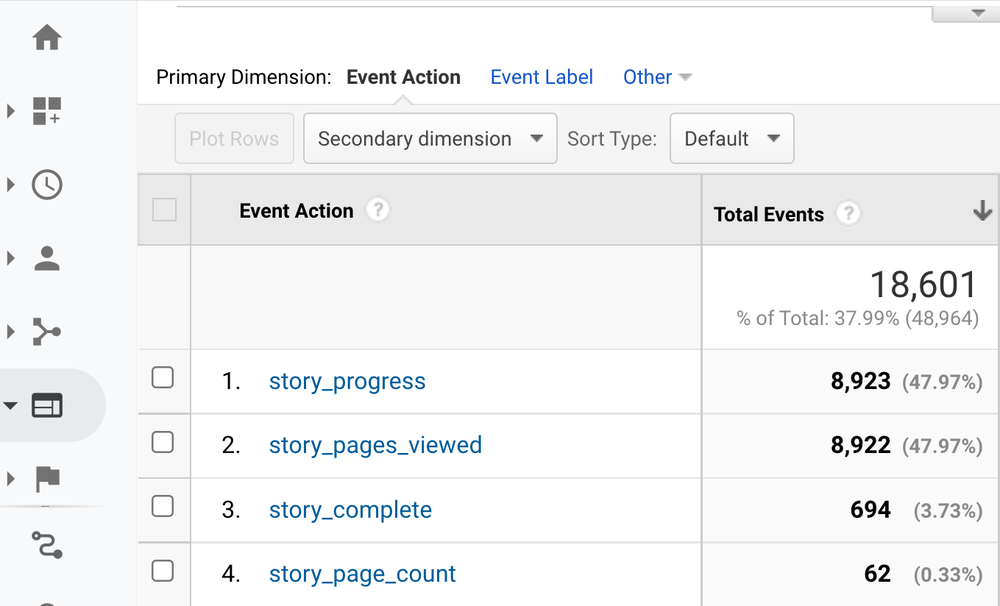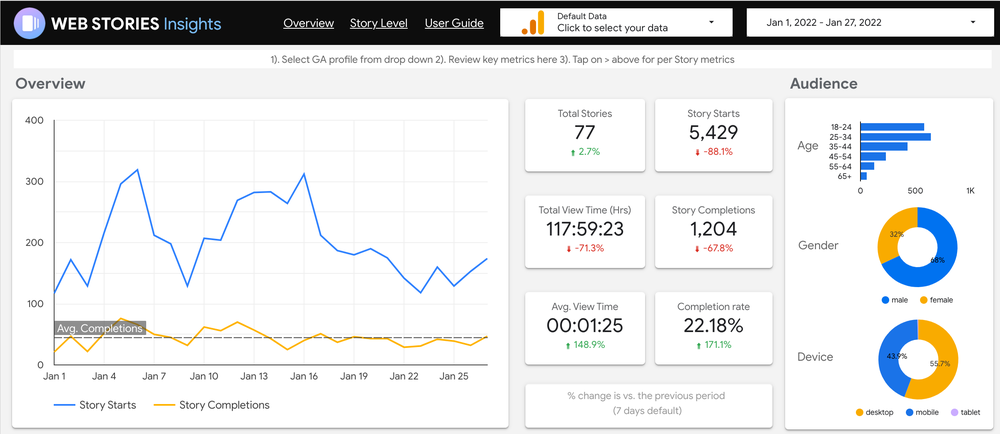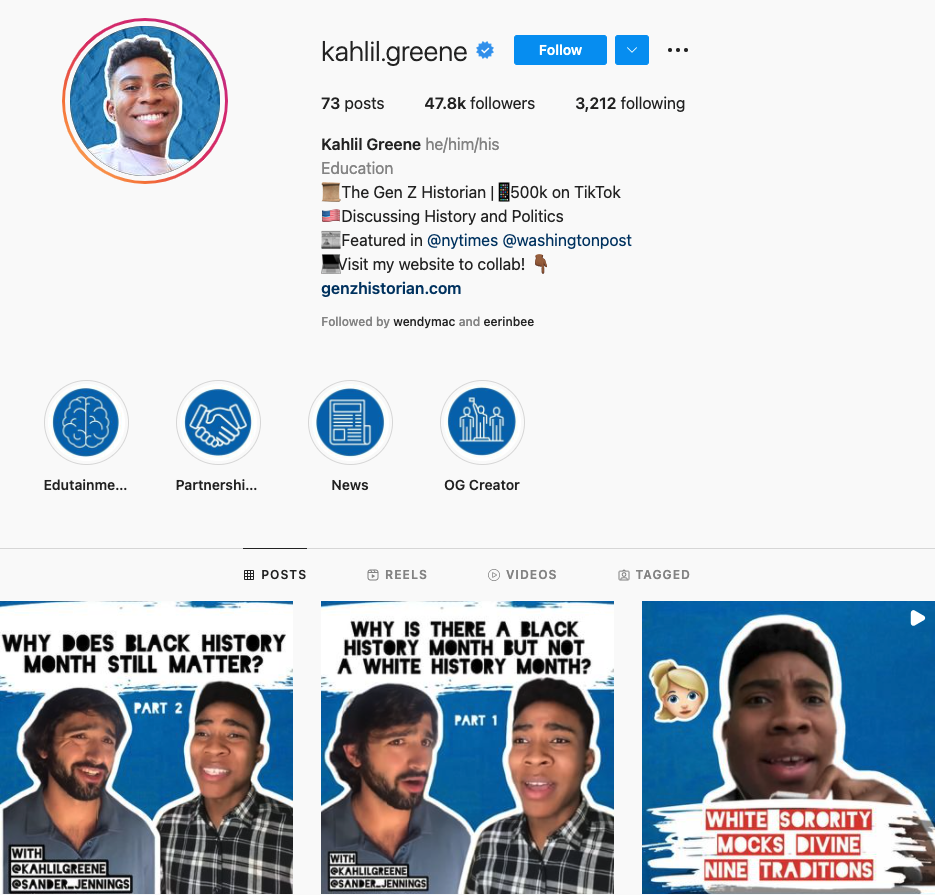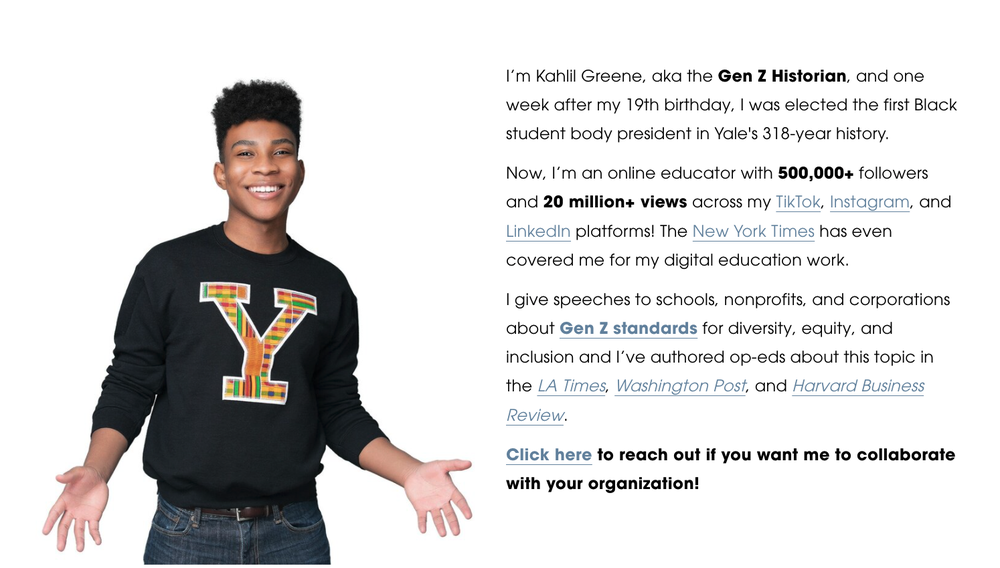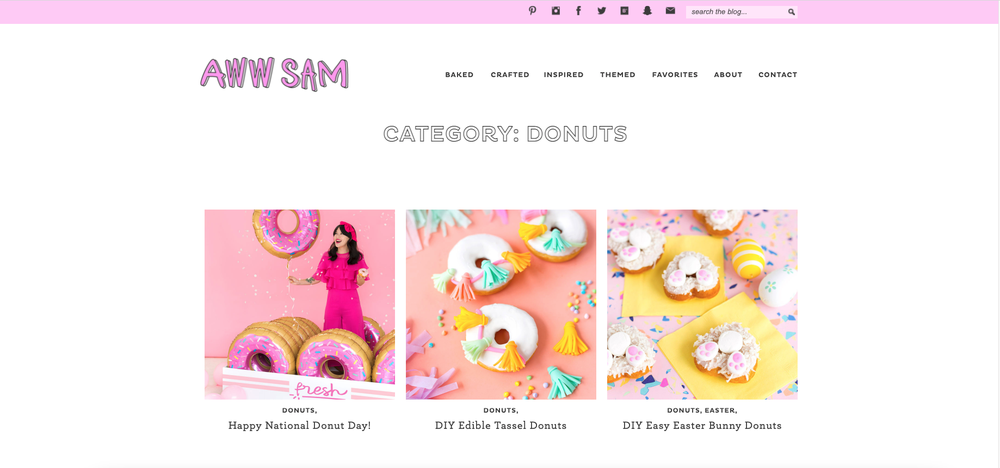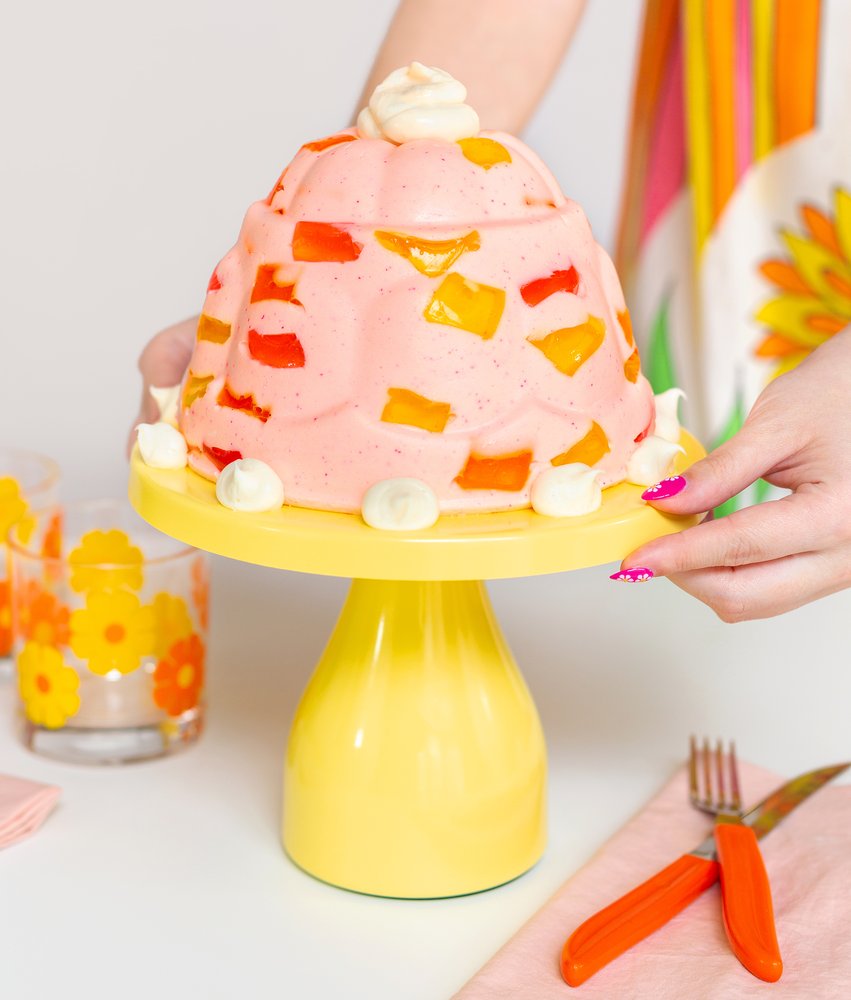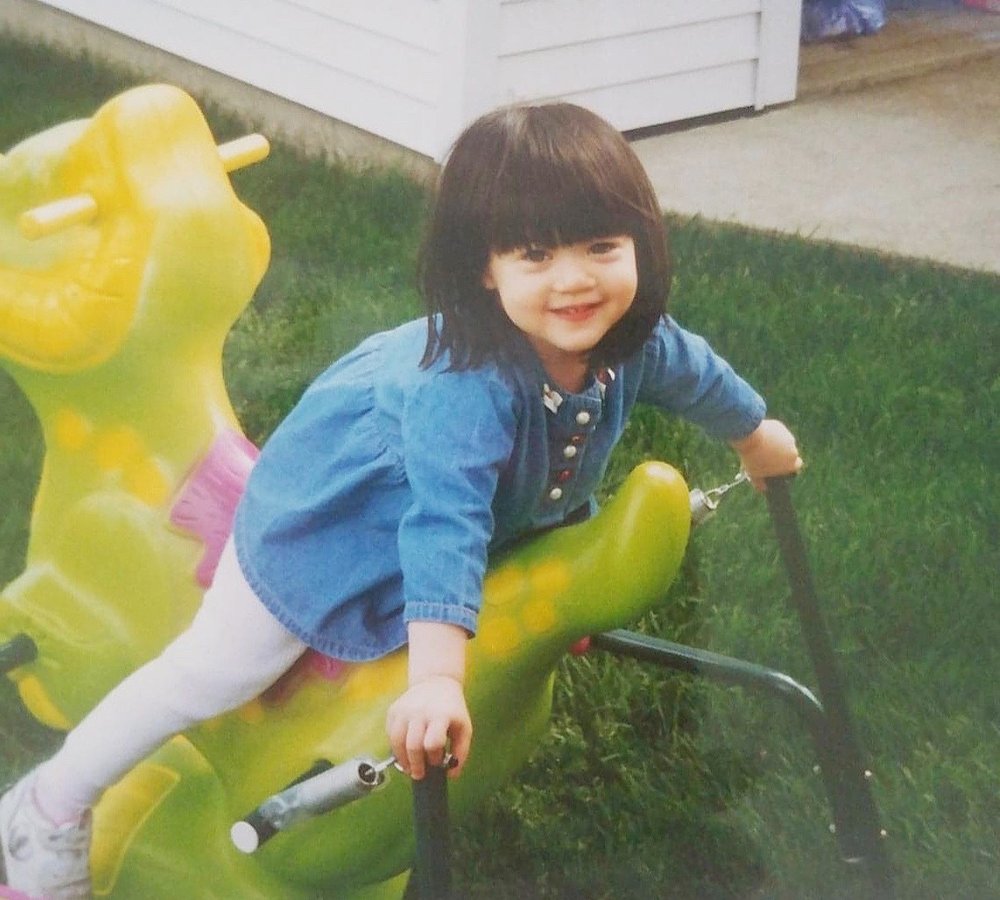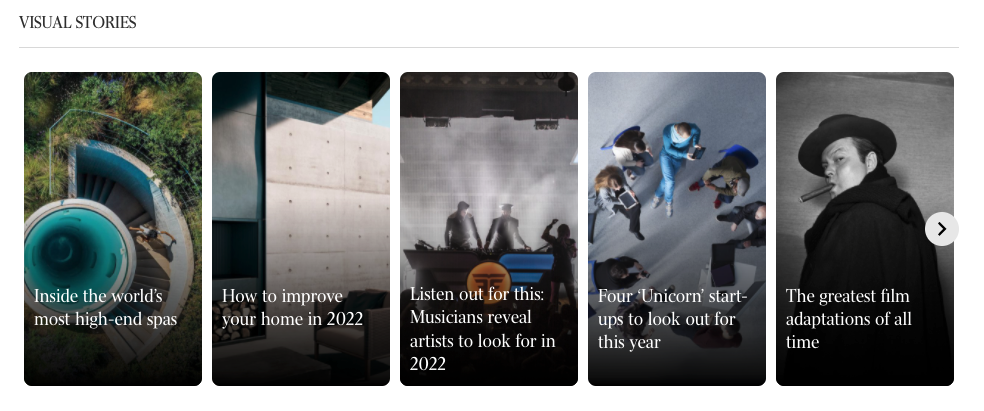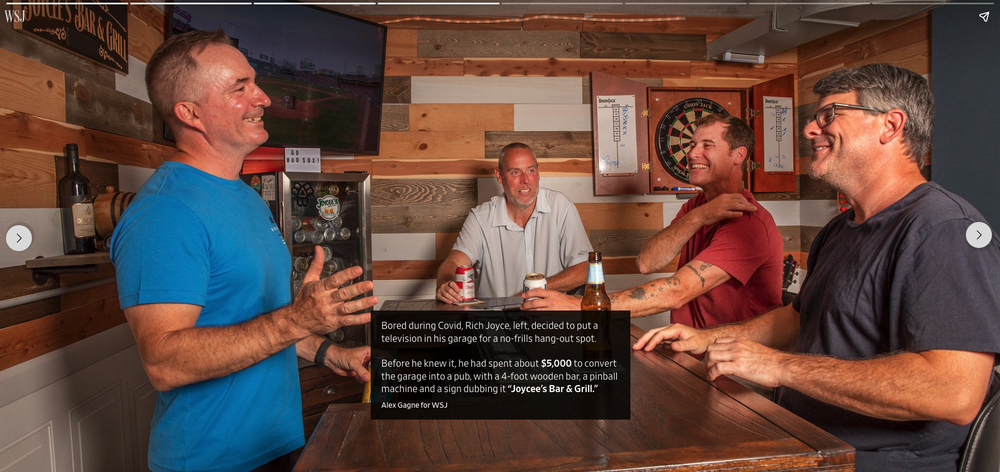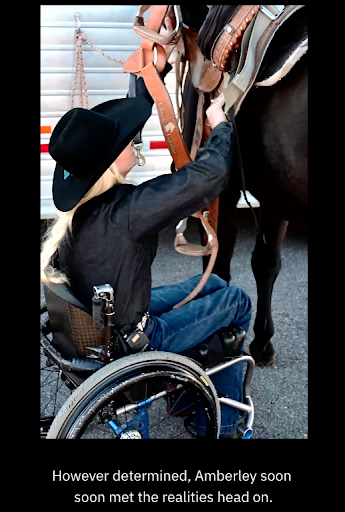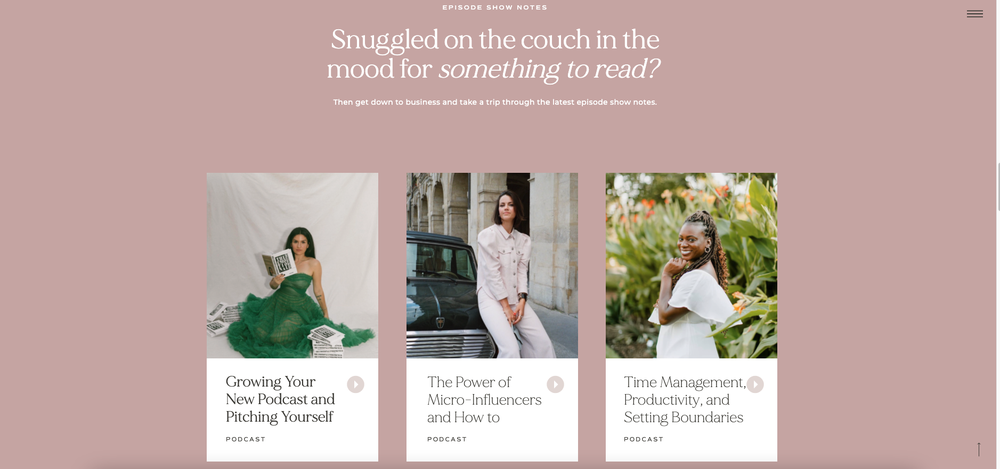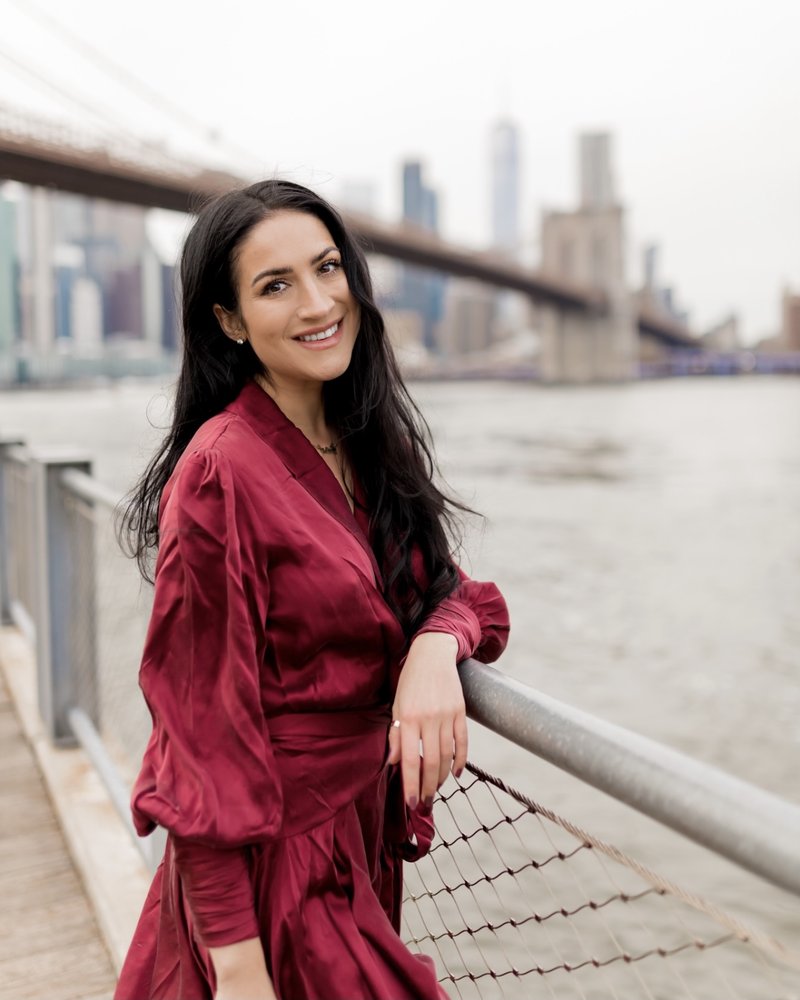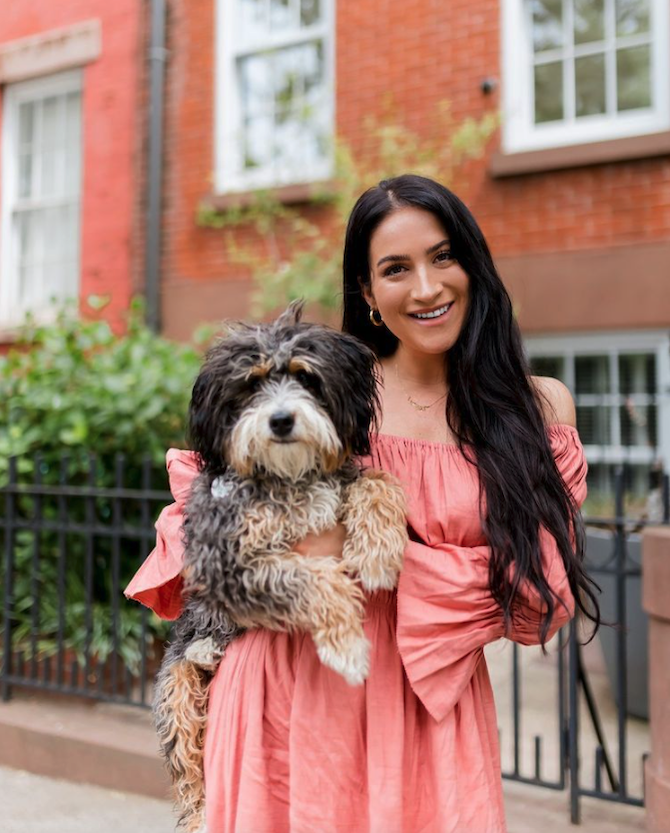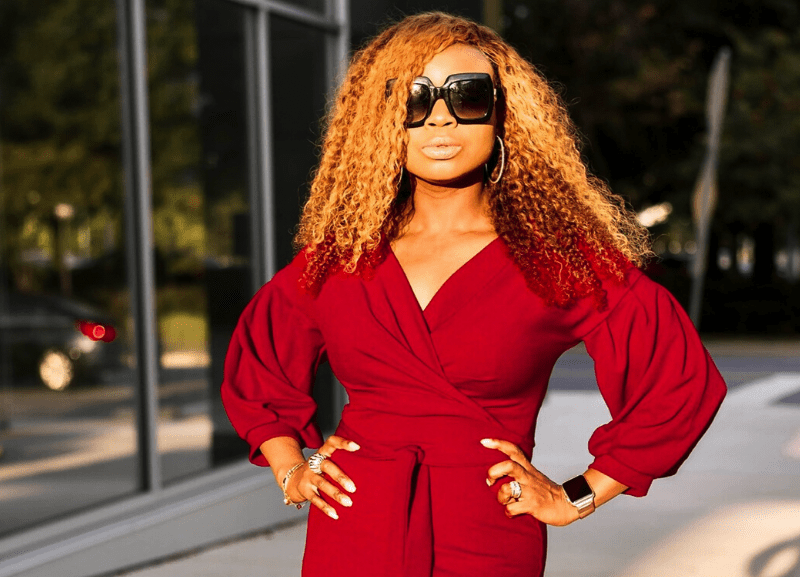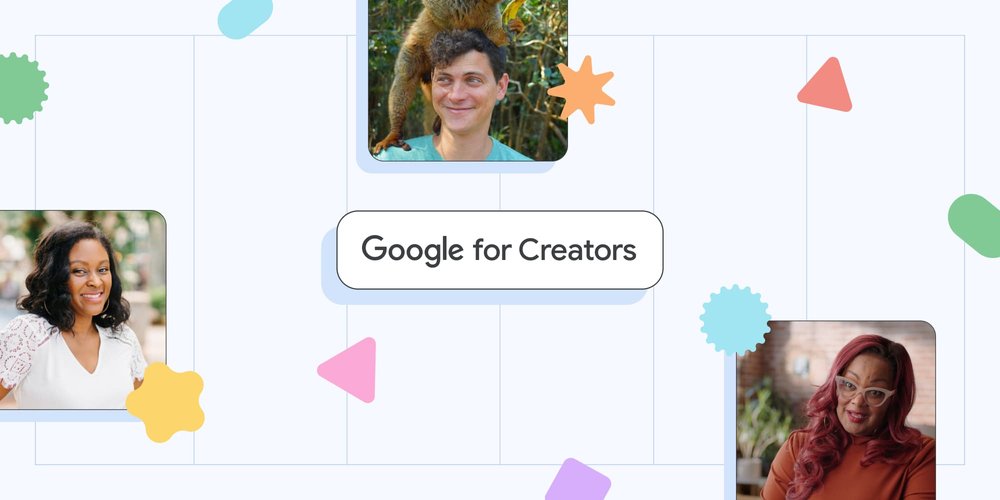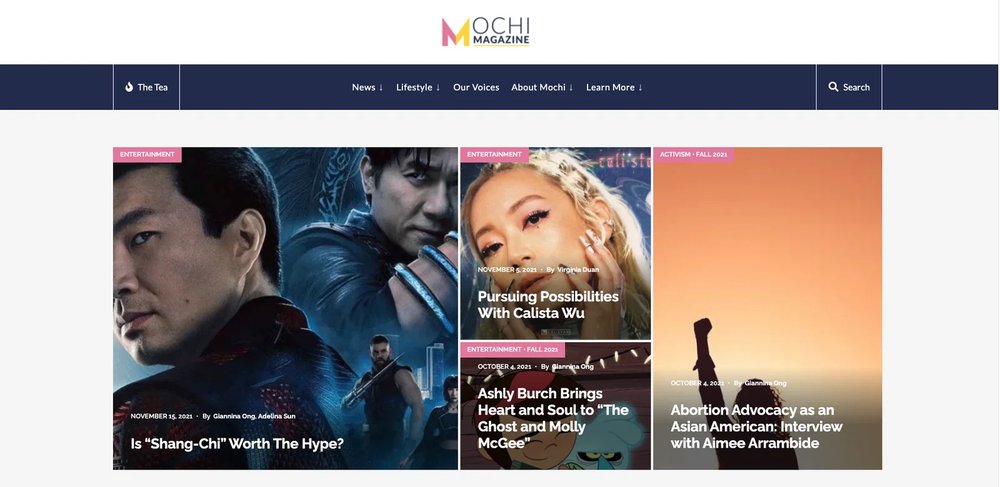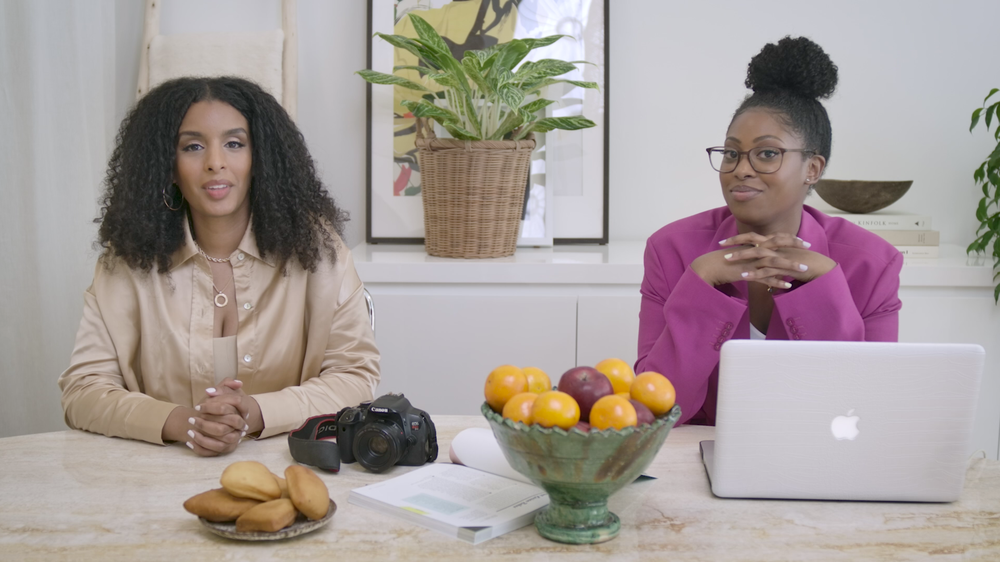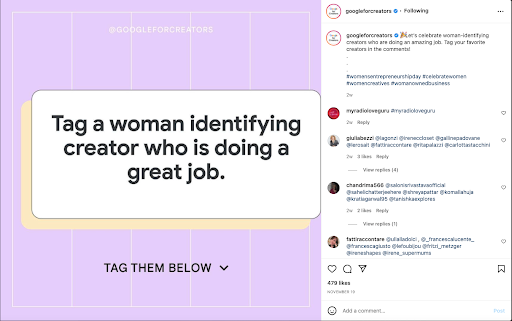Google for Creators recently launched The Conversation, a new YouTube series spotlighting the experiences of women of color creators. This month, we’re featuring designer, photo stylist and donut aficionado Samantha Ushiro, the talent behind the successful online brand Aww Sam. Learn more about Sam below and check out the full interview.
Samantha Ushiro’s love for donuts, confetti, bright colors and vintage fashion led to an unexpected — and successful — career move. Today, her Aww Sam brand has nearly 300,000 followers across her web properties, including her Pinterest profile, which receives 2.4 million monthly views. She’s also partnered with brands like Refinery29, Bustle, HGTV and Brit + Co.
Sam made a leap of faith to get where she is today. She was studying industrial design at the Parsons School of Design in New York. For her final project, she created a photo book of handmade, colorful donuts decorated in her whimsical style. A blogger since high school, Sam decided to post some of the photos online. “People were asking me, ‘What’s the recipe? How do I make these?’” Sam recalls. “That’s how it all started.”
Sam began posting her work on Instagram. Brands took notice of Sam’s upbeat, retro style, and paid gigs started rolling in. “I realized, OK, I could make a career doing this,” Sam says. She left her job in 3D modeling to dive into online content creation full time.
In 2015, Sam launched Aww Sam, a creative lifestyle blog “with a focus on making every day fun.” She expanded her content to include party planning, crafting, vintage fashion and home décor. Her audience ate it all up.
Sam now toggles between New York City and her home in Austin, Texas, which she shares with her husband, Kyle, and new baby Kiki. Here, Sam shares a few ingredients from her recipe for success.
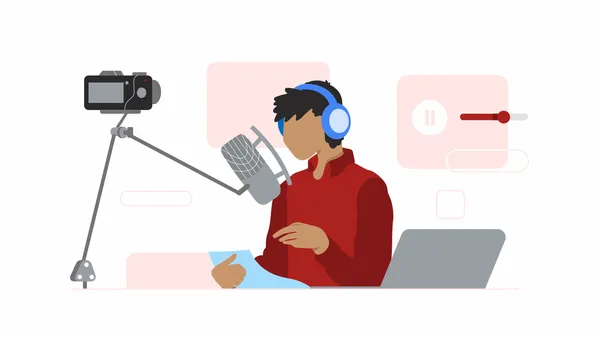 Google Registry, the domain registry behind some of the internet’s most popular (.app) and fun (.meme) new top-level domains, is launching .channel today.Designed specif…
Google Registry, the domain registry behind some of the internet’s most popular (.app) and fun (.meme) new top-level domains, is launching .channel today.Designed specif…
 Google Registry, the domain registry behind some of the internet’s most popular (.app) and fun (.meme) new top-level domains, is launching .channel today.Designed specif…
Google Registry, the domain registry behind some of the internet’s most popular (.app) and fun (.meme) new top-level domains, is launching .channel today.Designed specif…
